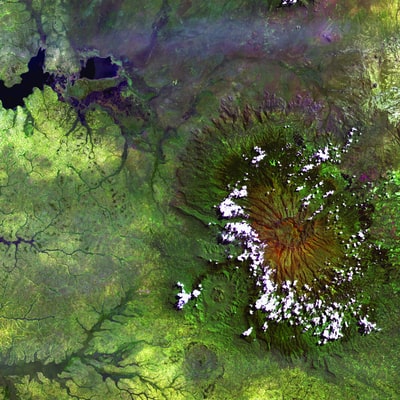ICE ON THE LAND
The amount of ice on a global and continental level has changed over many millions of years.
One of the difficulties when discussing the possibility of global warming is that we only have detailed climate records for the past 150 years. However we are able to calculate the average temperature for many millions of years using a variety of scientific methods including the analysis of sediments and fossils, thin layers of sand and mud at the bottom of lakes, and oxygen bubbles trapped inside glaciers.
We know that the earth has sometimes been much cooler than it is now. Periods when the climate was much colder are called ice ages. The most recent ice age was the Pleistocene era, which lasted from about 2,588,000 to 11,700 years ago. The earth wasn’t always cold during this period, but went through a phase of ice ages.
Scientists are particularly interested in studying this most recent ice age not only because it is the closest to us in time, but also because the continents were approximately where they are now, making it easier to compare the length of glaciers and the size of the polar ice caps. If we look at a map of the Northern Hemisphere
from one of the coldest periods of the Pleistocene era, we see vast ice-sheets covered most of the land and ocean, including the United Kingdom, which was buried beneath an ice sheet up to 3kilometres (1.8 miles) thick.
If we compare the ice sheet of the Pleistocene era with the current Arctic ice cap, we can see that it is much smaller now. Most scientists fear it is still shrinking, but at a vastly accelerating rate; other scientists argue that the earth has cooled and heated up since it came into existence, and it is far too early to tell if the present warming is in any way unusual.
What does seem certain is that the earth has been both much warmer and much colder than it is now. In fact it has several times experienced what is known as ‘snowball earth’ – when practically all the oceans were frozen over and the whole planet resembled a giant snowball.


